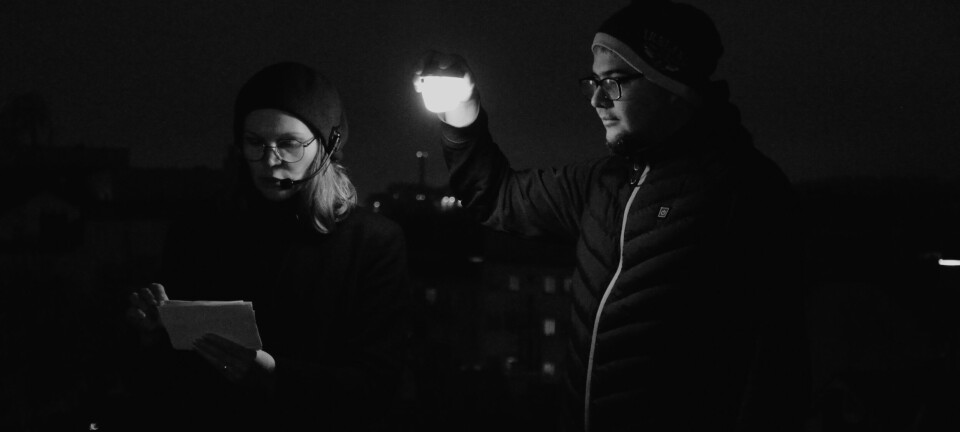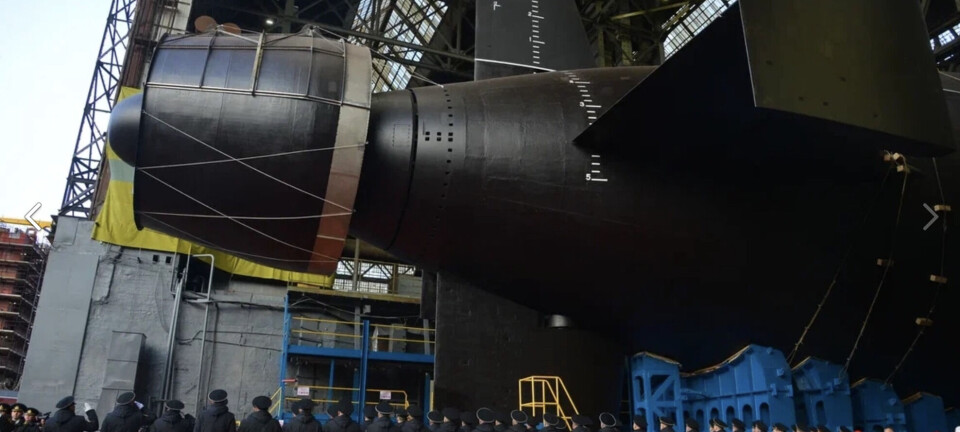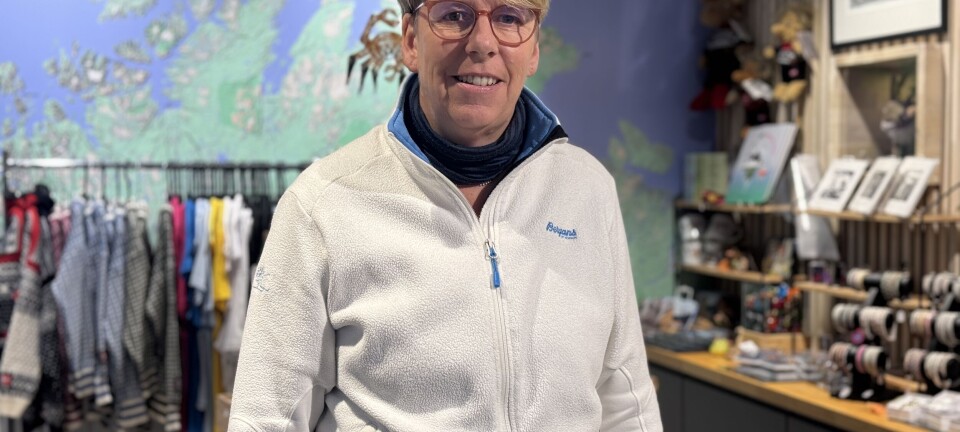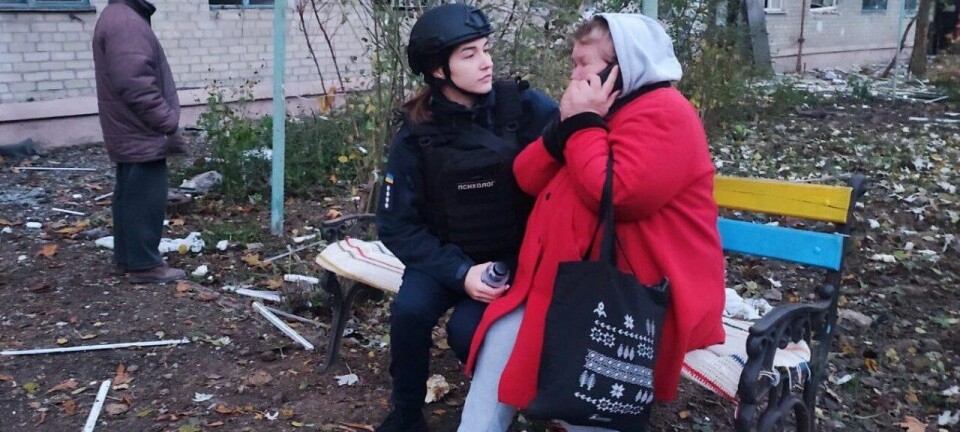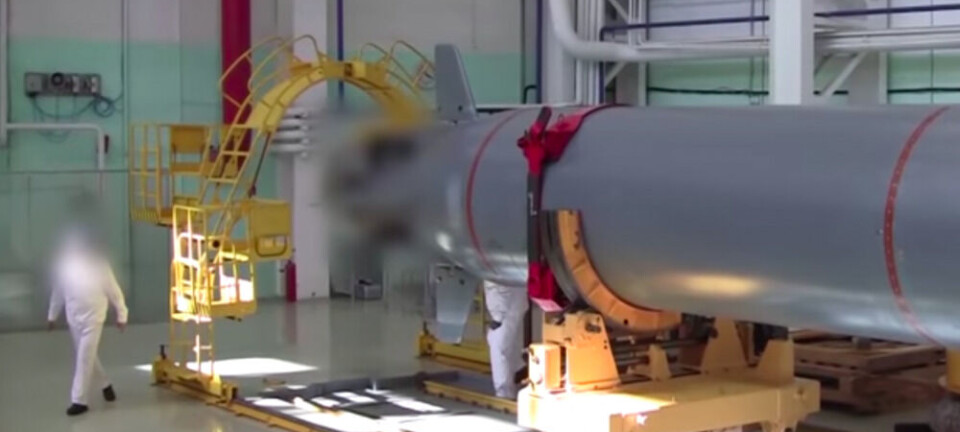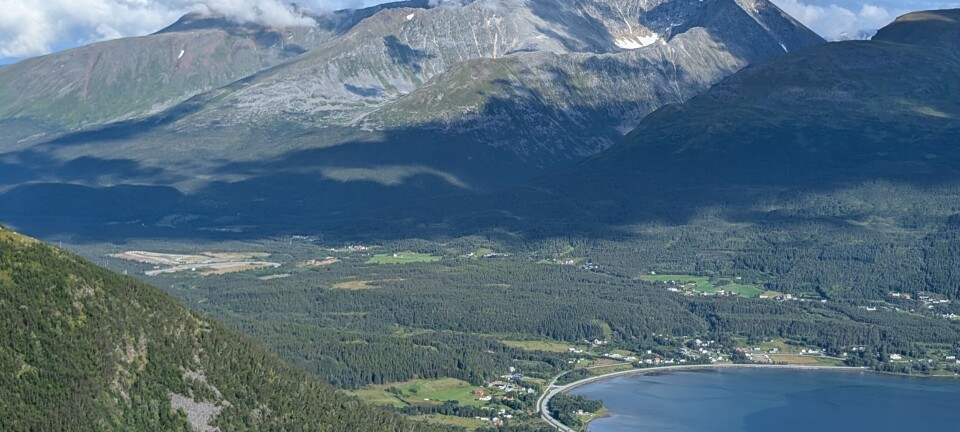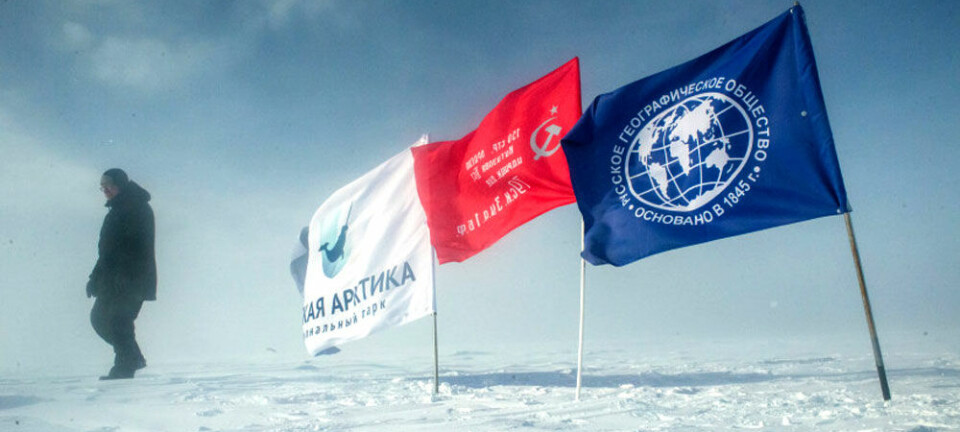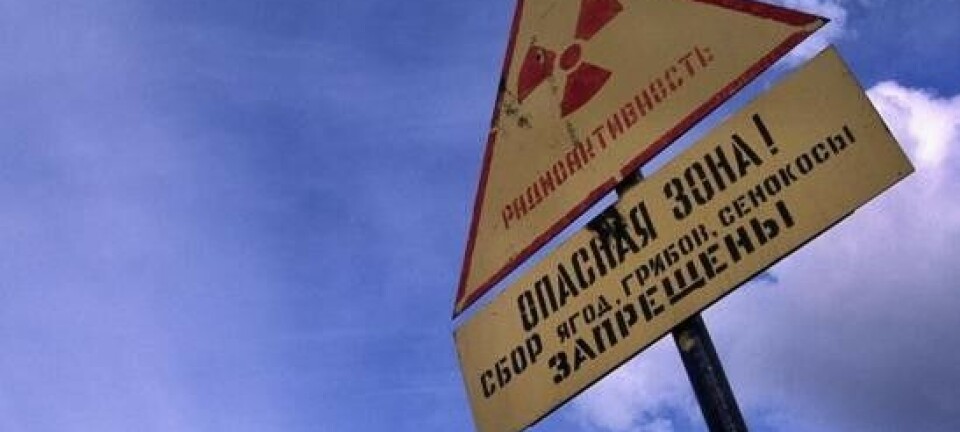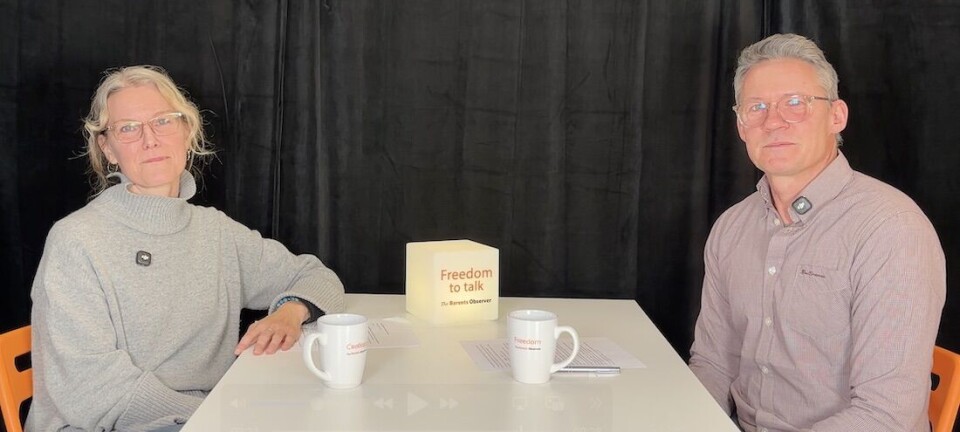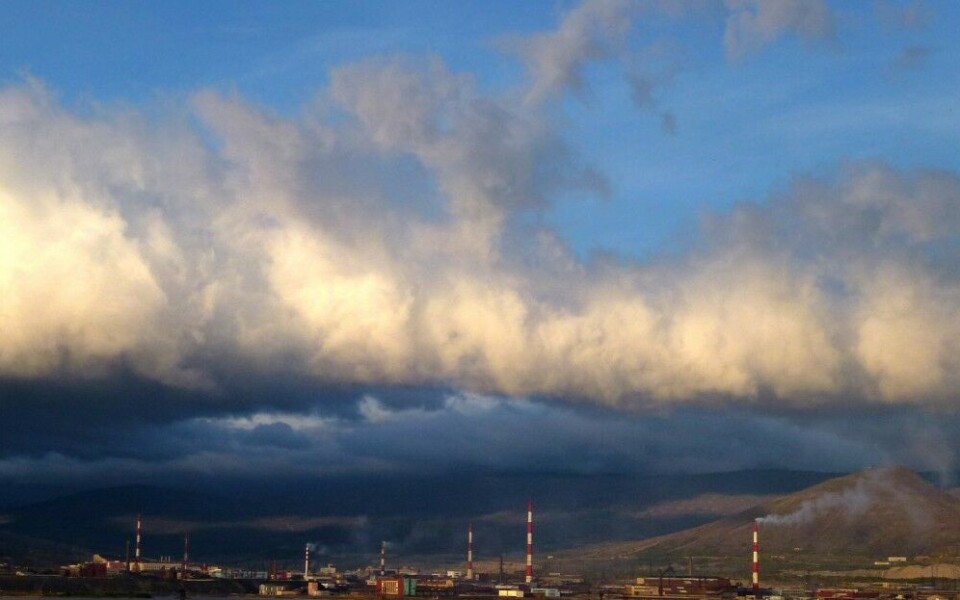
First signs of Russian economic growth
After almost two years of recession, the Russian economy makes it into the plus.
p.p1 {margin: 0.0px 0.0px 0.0px 0.0px; font: 11.0px Helvetica; color: #000000; -webkit-text-stroke: #000000}p.p2 {margin: 0.0px 0.0px 0.0px 0.0px; font: 11.0px Helvetica; color: #000000; -webkit-text-stroke: #000000; min-height: 13.0px}span.s1 {font-kerning: none}
Figures from the Vneshekonombank (VEB) show a 0,1 percent Russian GDP growth in Q3 compared with Q2.
«As expected, the economic downturn, which has lasted for the last eight quarters since mid-2014, came to an end in third quarter», the bank’s Chief Economist Andrey Klepach says in a press release. «In the course of this period, the economy has lost about five percent», he adds.
The same conclusions are made by the Ministry of Economic Development and the European Bank for Reconstruction and Development (EBRD).
Despite the positive signs, the Russian economy will still in 2016 end up with a recession of 0,5-0,6 percent, EBRD believes. And forecasts for the future show only a modest growth.
In 2017, growth is expected to amount to 1,2 percent, a report presented this week by EBRD Chief Economist Sergey Guriev concludes.
«If Russia manages to overcome its isolation and carry out structural reforms, then we could see quicker growth», Guriev says in the report, referred to by newspaper Vedomosti.
«However, this is not what the market expects in the near future».
Among the current main risk factors for the Russian economy is a new drop in raw material prices, the bank says.





